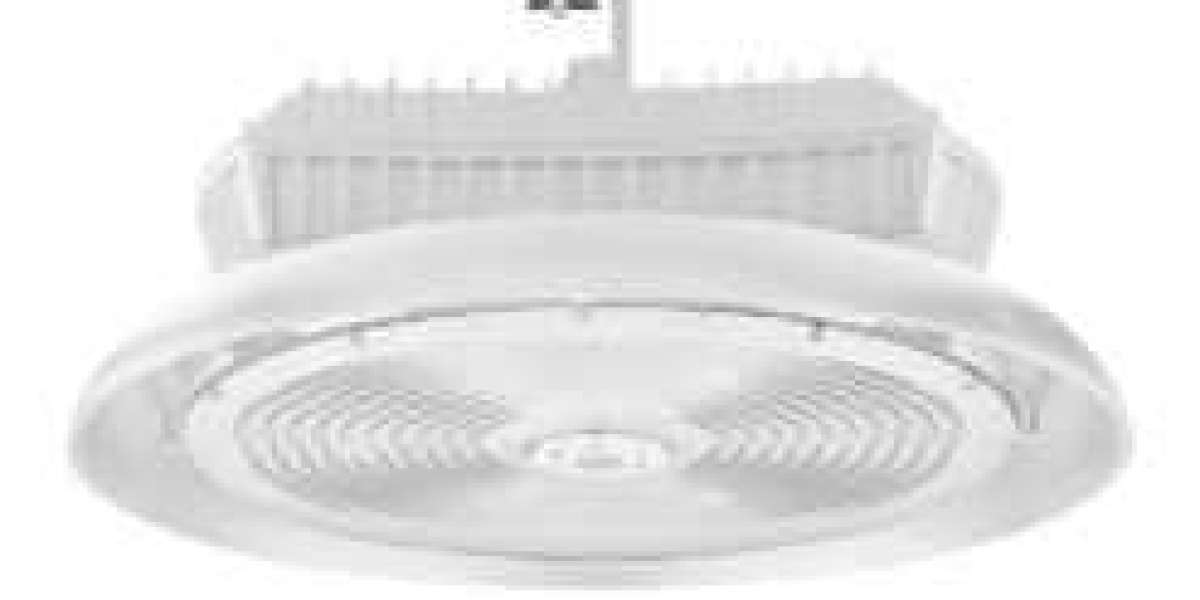Efficient lighting is essential for any warehouse to ensure optimal visibility, safety, and productivity. Installing warehouse light fixtures may seem daunting, but with the right approach and techniques, you can accomplish it like a seasoned professional. In this guide, we'll walk you through the steps to install warehouse light fixtures with precision and expertise.
Planning And Preparation
Before diving into the installation process, thorough planning and preparation are crucial. Begin by assessing the layout and dimensions of your warehouse space. Take into account factors such as ceiling height, existing electrical infrastructure, and the specific areas that require adequate lighting.
Once you have a clear understanding of your warehouse's layout, develop a comprehensive lighting plan. Determine the type and quantity of light fixtures needed to achieve optimal illumination throughout the space. Consider factors such as the type of tasks performed in different areas of the warehouse and the desired lighting intensity.
Additionally, take into consideration the energy efficiency and maintenance requirements of the chosen light fixtures. LED warehouse light fixtures are often preferred for their longevity and energy-saving benefits, making them a sustainable choice for warehouse environments.
Gather all the necessary tools and equipment for the installation, including ladders, power drills, screws, wire nuts, and safety gear such as gloves and goggles. Ensure that you have a clear understanding of the electrical wiring layout and follow all safety protocols throughout the installation process.
Mounting The Fixtures
Once you have completed the planning phase, it's time to start mounting the light fixtures. Begin by locating the optimal positions for fixture placement according to your lighting plan. Use a measuring tape and pencil to mark the spots on the ceiling where the fixtures will be mounted.
Carefully position each fixture on the ceiling, ensuring that they are evenly spaced and aligned correctly. Take into account factors such as the height of the ceiling and the desired angle of illumination. Use appropriate mounting hardware and follow manufacturer guidelines for installation to ensure that the fixtures are securely mounted.
When working at heights, take extra precautions to ensure safety. Use stable ladders or scaffolding and enlist the help of a colleague to hold the fixtures in place while you secure them to the ceiling. Double-check each fixture to ensure that it is firmly attached and stable before proceeding to the next step.
Electrical Wiring
Before connecting the fixtures to the electrical supply, it's essential to ensure that the power source is switched off at the circuit breaker to prevent any accidents. Carefully remove the existing wiring covers or knockout holes on the fixtures to access the wiring terminals.
Follow the wiring diagram provided by the manufacturer to connect the fixture's wires to the corresponding wires in the electrical junction box. Use wire nuts to secure the connections and ensure they are tight and insulated. Double-check the wiring to avoid any mistakes that could lead to malfunctions or hazards.
Once the wiring connections are complete, carefully tuck the wires back into the junction box and replace the covers securely. Turn on the power supply and test each fixture to ensure they are functioning correctly before proceeding.
Adjustment And Alignment
After installing the light fixtures, take the time to adjust and align them for optimal illumination. Fine-tune the direction and angle of the fixtures to eliminate dark spots and shadows, especially in high-traffic areas or work zones.
Consider installing adjustable fixtures or mounting hardware that allows for easy repositioning as needed. Walk around the warehouse space to evaluate the lighting coverage and make any necessary adjustments to achieve uniform brightness and visibility.
Adjust the height and angle of the fixtures as needed to ensure that they provide adequate illumination without causing glare or discomfort to workers. Take into account factors such as the location of storage racks, machinery, and other obstacles that may affect the distribution of light.
Maintenance And Inspection
Once the light fixtures are installed and operational, regular maintenance and inspection are essential to ensure their longevity and performance. Schedule periodic inspections to check for any signs of wear, damage, or malfunction.
Clean the fixtures regularly to remove dust, dirt, and debris that can accumulate over time and affect the quality of illumination. Replace any burnt-out bulbs or damaged components promptly to prevent disruptions to workflow and maintain optimal lighting conditions.
Conclusion
By following these professional tips and techniques, you can install warehouse light fixtures with confidence and efficiency. Effective lighting not only enhances productivity and safety in the warehouse environment but also contributes to overall energy efficiency and cost savings. Remember to prioritize safety at all times and consult with a qualified electrician if you encounter any challenges during the installation process. With proper planning, preparation, and attention to detail, you can master the art of warehouse lighting installation like a pro.



